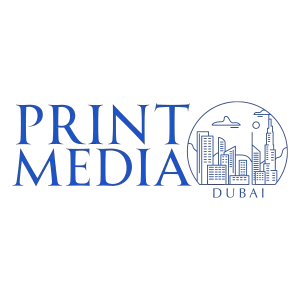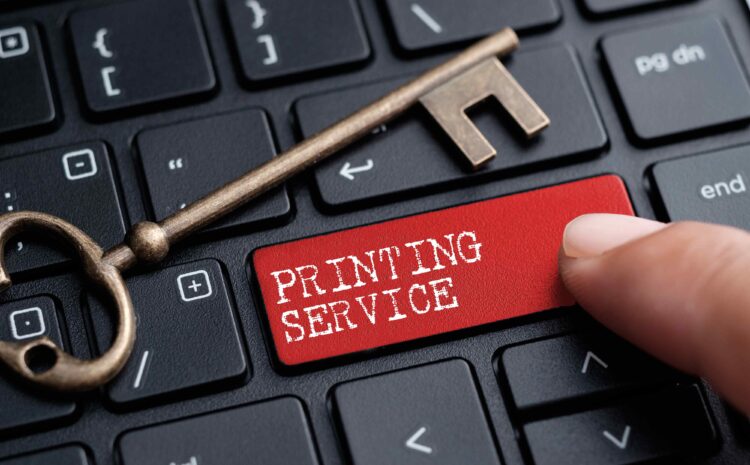Exploring the majestic world of Print Media
Print media has managed to keep its footing in a world dominated by digital platforms and online advertising, and it continues to play an important part in the marketing landscape. While digital channels provide unparalleled reach and targeting, print media remains a powerful and effective instrument for businesses to interact with their target audience. In this essay, we will look at the role of print media in marketing and why it is still relevant in the digital age.
Advertising:
Print media has the unique potential to attract and engage readers’ attention. Print advertising may leave a lasting impact on the target audience by using eye-catching imagery, intriguing headlines, and clever placement. Print advertising, as opposed to internet ads, has a tangible presence that demands attention, allowing businesses to deliver their message effectively.
Developing a Brand Identity:
Print media is critical to developing and sustaining a brand’s identity. Businesses may establish a physical and memorable image of their brand by adding consistent branding components like logos, colors, and font in print products such as brochures, catalogs, and magazines. Print media provides a tactile experience that improves brand awareness and creates a lasting impact on customers.
Creating Brand Familiarity:
Print media allows firms to establish a long-term connection with their target audience. Businesses may express their beliefs, mission, and unique selling qualities in a physical and memorable way with professionally created print materials. Consumers may contact the brand physically through brochures, pamphlets, and other printed items, which helps to create familiarity and trust.
Client Attraction:
Print media has the ability to attract clients and create leads. Businesses may target audiences more likely to be interested in their products or services by carefully placing advertisements in strategic places. Print media enables firms to contact potential customers who are not actively searching online or participating on digital platforms, therefore broadening their reach and potential customer base.
Increasing Foot Traffic:
Print media may help companies with physical sites drive foot traffic. Flyers, posters, and banners, for example, can be strategically displayed in high-traffic locations or distributed in selected neighborhoods to raise awareness and encourage people to visit the actual business. The tactile element of print media may pique people’s interest and motivate them to go out and examine the offers in person.
Displaying Offers:
Print media is excellent for displaying special deals and promotions. Print media gives a physical platform to convey unique bargains to customers, whether it’s a discount coupon in a newspaper or a limited-time offer in a direct mailer. The actual appearance of these offers generates a feeling of urgency and drives consumers to act, which leads to greater sales and customer engagement.
Appealing to the Common Man:
Print media has a vast reach and accessibility, making it a useful medium for engaging with the ordinary man. Although not everyone has access to digital devices or dependable internet connections, print media such as newspapers and magazines are generally available and easy to obtain. Businesses may reach a larger audience and interact with those who aren’t necessarily active in the digital arena by embracing print media.
Service Quality Demonstration:
In particular industries, such as real estate or luxury goods, print media may be useful in displaying service quality and attention to detail. High-quality brochures, product catalogs, and annual reports demonstrate the company’s dedication to excellence. The tactile experience of flipping through well-designed print materials can convey a sense of craftsmanship and reinforce the perception of premium quality.
Print Media: Still as strong as ever! Even in this digital age!
Despite the rise of digital channels, print media remains important in the marketing landscape. It is a significant tool for businesses because of its capacity to captivate attention, develop brand identification, generate familiarity, attract clients, improve foot traffic, show deals, appeal to the common man, and exhibit service excellence. Businesses may supplement their digital efforts, communicate with a larger audience, and leave a lasting impression on customers in the digital age by adding print media to their marketing plans. The real and tactile aspect of print media guarantees that it remains a valued and relevant medium in the ever-changing marketing landscape.


Write a Comment